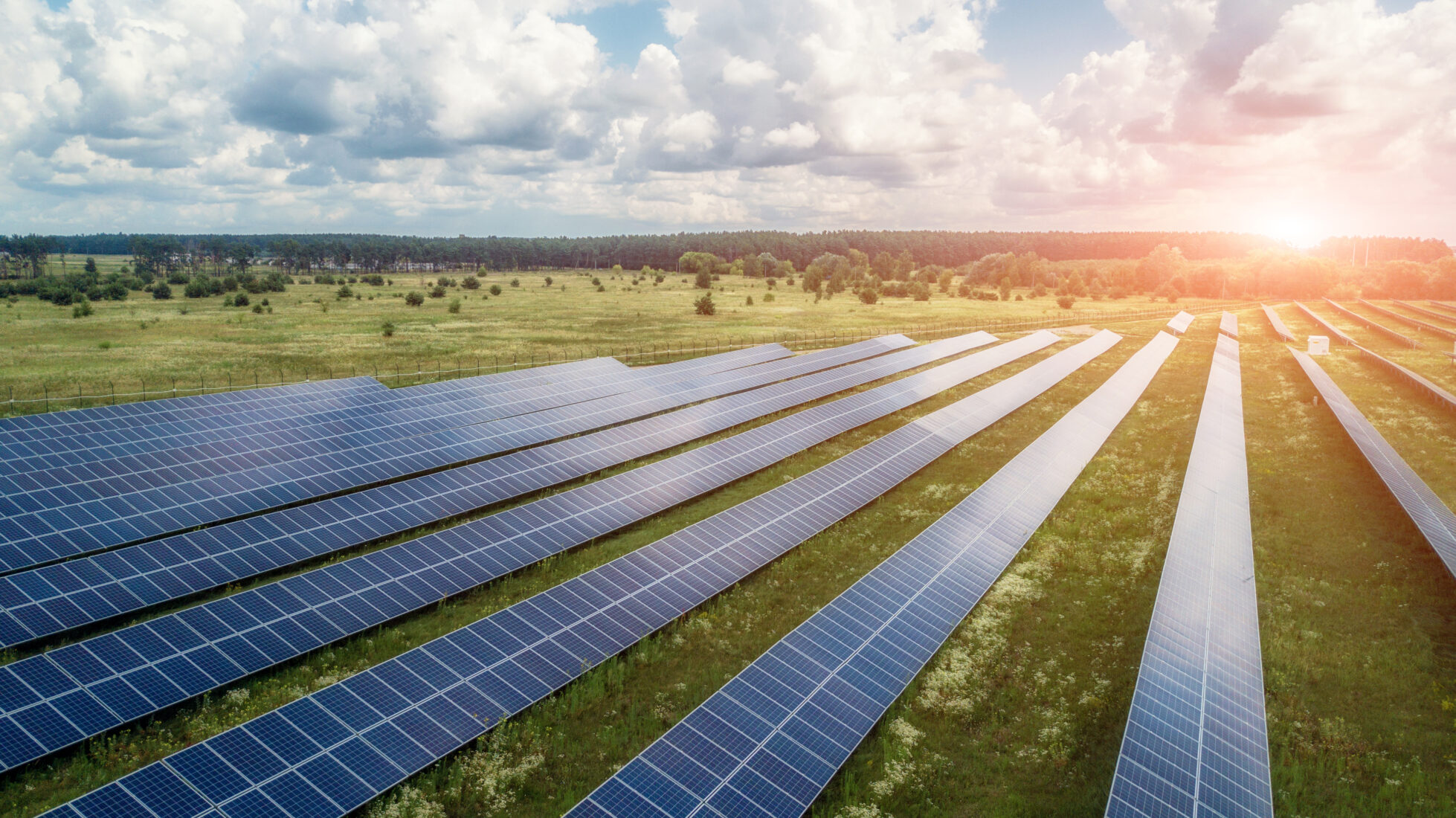In recent years, community solar programs have gained popularity as an effective way to promote renewable energy and provide access to solar power for individuals who may not have the means or ability to install solar panels on their own properties. One common question that arises when considering community solar programs is, “How long does a community solar program typically last?” In this article, we will explore the lifespan and duration of community solar programs, examining the key factors that influence their duration and how participants can benefit from these initiatives.
Understanding Community Solar Programs
Community solar programs, also known as solar gardens or shared solar, are initiatives that enable multiple individuals or organizations to share the benefits of a single solar array. These programs allow participants to subscribe to a portion of the energy generated by the solar project and receive credits on their utility bills for the clean energy produced.
Duration of Community Solar Programs
The duration of a community solar program can vary depending on various factors such as project design, financing, and regulatory frameworks. However, it is common for community solar programs to have a duration of 15 to 25 years. This timeframe allows for the recovery of the initial investment and provides an adequate return on investment for project developers.
Factors Influencing Program Duration
- Financial Considerations: The financial structure of a community solar program plays a significant role in determining its duration. The payback period for the initial investment in solar infrastructure, including the solar panels, inverters, and interconnection equipment, typically ranges from 10 to 15 years. Therefore, community solar programs are often designed to match this timeframe, ensuring the project can generate sufficient revenue to cover costs and provide returns to investors.
- Power Purchase Agreements (PPAs): PPAs are contracts between the solar project developer and the subscribers/participants in the community solar program. These agreements typically have a fixed term, often ranging from 10 to 25 years, during which subscribers receive credits for the electricity generated by their portion of the solar array. The duration of the PPA often aligns with the expected lifespan of the solar panels and the economic viability of the project.
- Regulatory Framework: The regulatory environment surrounding community solar programs can influence their duration. Policy support, such as long-term contracts or incentives for developers, can encourage the establishment of community solar projects. Conversely, an unstable policy landscape or frequent regulatory changes may discourage long-term investments and result in shorter program durations.
Benefits of Long-Term Community Solar Programs
- Stable Energy Costs: By participating in a long-term community solar program, subscribers can enjoy stable energy costs over the duration of the program. As utility rates fluctuate over time, the credits received from the solar project can provide a hedge against rising electricity prices, saving participants money in the long run.
- Environmental Impact: Community solar programs promote the adoption of renewable energy sources, reducing reliance on fossil fuels and lowering greenhouse gas emissions. Long-term programs maximize the environmental benefits by ensuring a significant amount of clean energy is generated and utilized over an extended period.
- Community Development: Community solar programs often contribute to local economic development. They crate jobs during the construction and maintenance phases, support local renewable energy industries, and foster community engagement around sustainable energy practices. Longer program durations provide a more sustained economic impact and community involvement.
Community solar programs have emerged as a popular approach to expanding access to solar power and promoting renewable energy adoption. While the duration of community solar programs can vary, it is common for these initiatives to last between 15 to 25 years. Factors such as financial considerations, power purchase agreements, and regulatory frameworks influence the duration of these programs. By participating in long-term community solar programs, individuals and communities can benefit from stable energy costs, reduced environmental impact, and enhanced community development. As renewable energy continues to play a crucial role in mitigating climate change, community solar programs will likely continue to evolve and contribute to a sustainable future.






